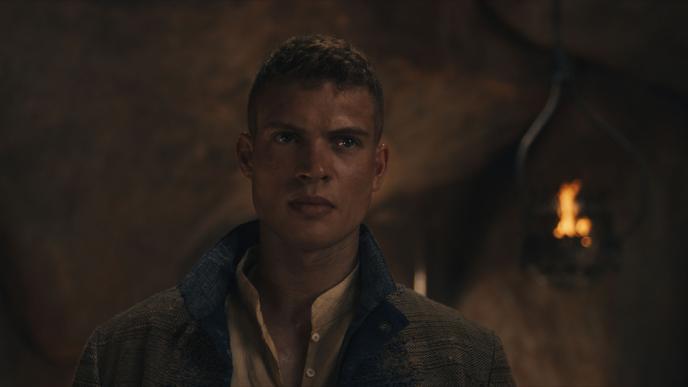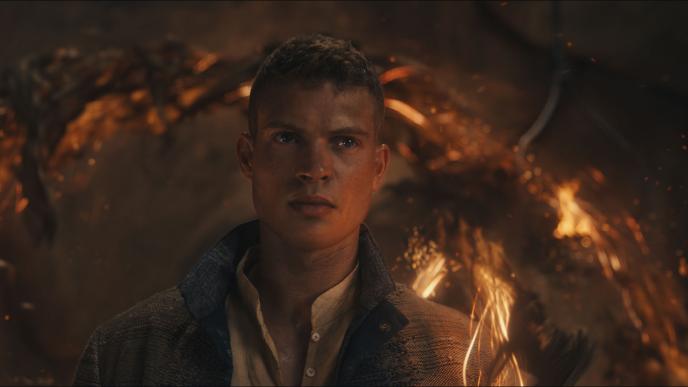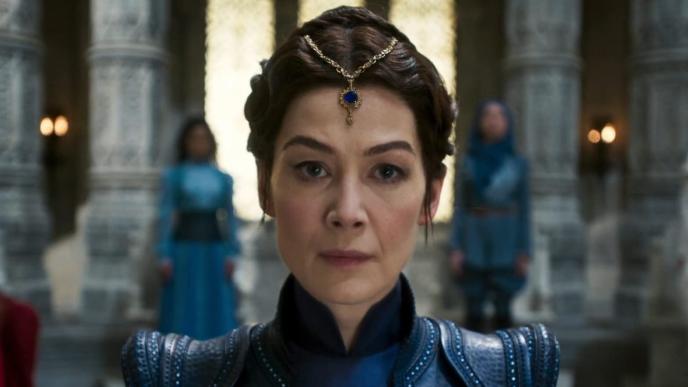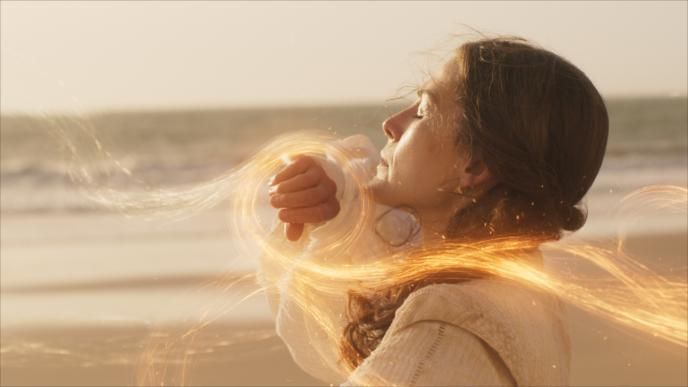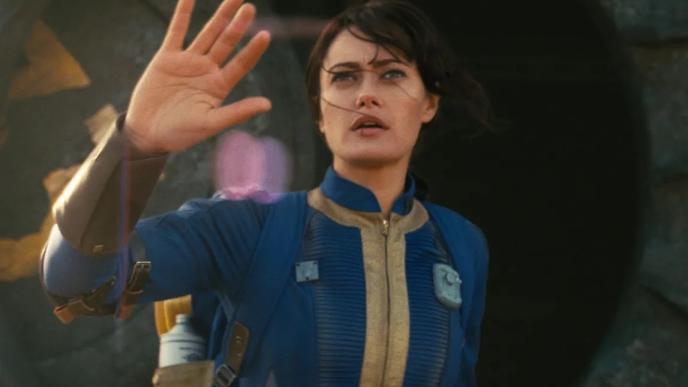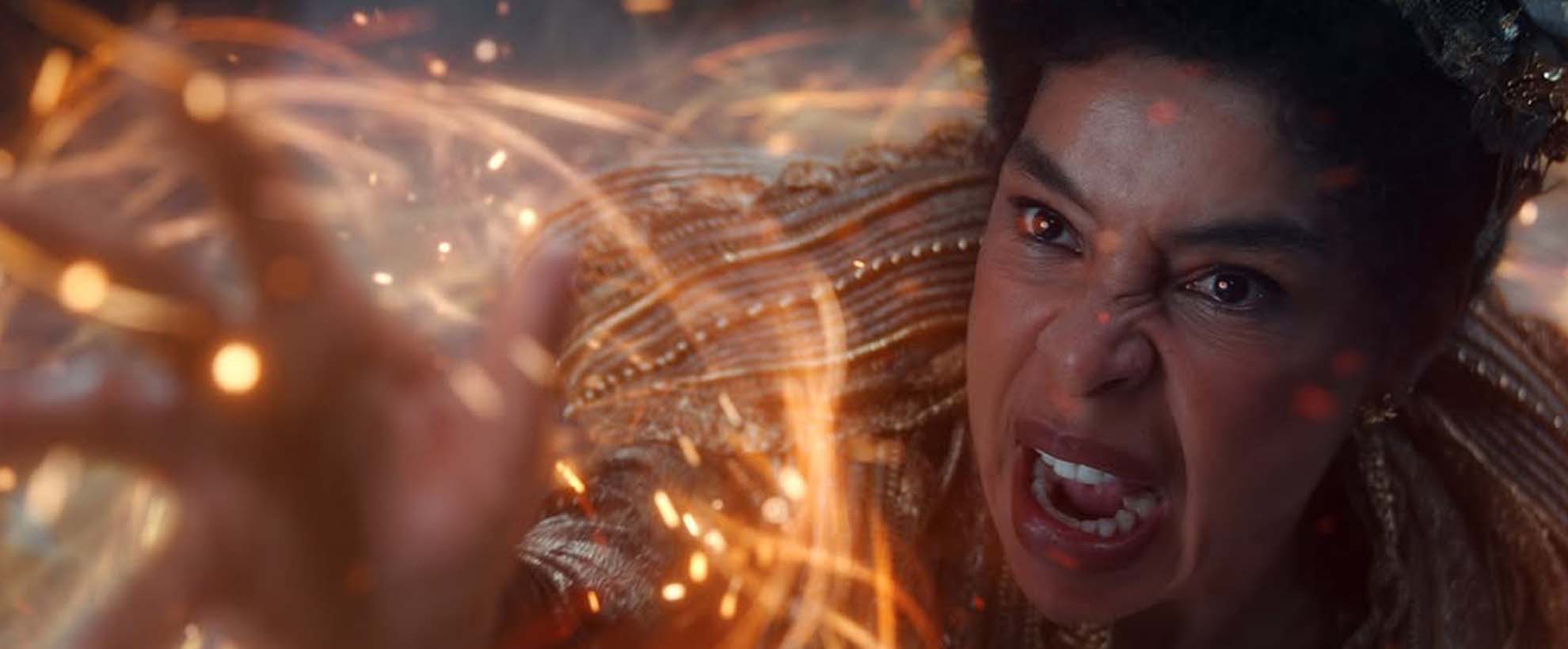
The Wheel of Time Season 3
Following the success of The Wheel of Time Season 2, where multiple vendors collaborated on the visual effects for the show’s magical system, known as channeling, Framestore set out with a clear ambition for Season 3. Recognising the innovation the team brought to the previous season, Amazon and VFX Supervisor Andy Scrase entrusted Framestore with full responsibility for all channeling VFX in the new season.
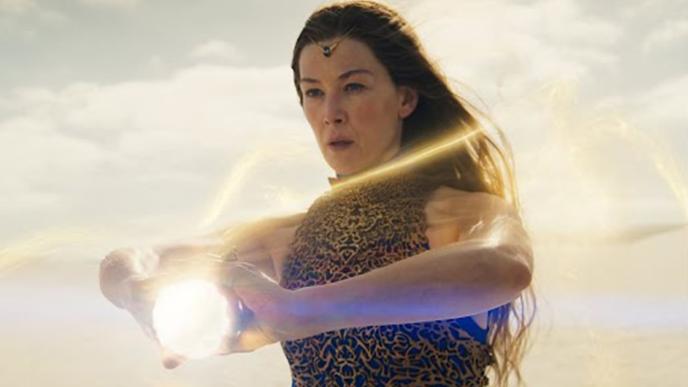
Expanding the Visual Language of the One Power
At its essence, channeling involves weaving the One Power into the physical world. For Season 3, the goal was not just to evolve the look of magic but to deepen its narrative and emotional resonance. Collaborating closely with Andy Scrase, Framestore explored a wide array of visual options before honing in on creative directions that emphasised individuality and meaning.
Magic was designed to reflect each character’s personality, history, and emotional state, leading to a more expressive, character-driven approach. This culminated in the concept of Complex Weaves which are intricate, layered manifestations of the One Power representing a deeper mastery or emotional intensity.
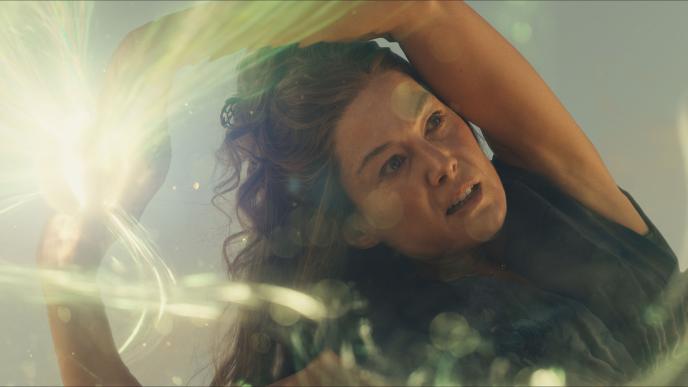
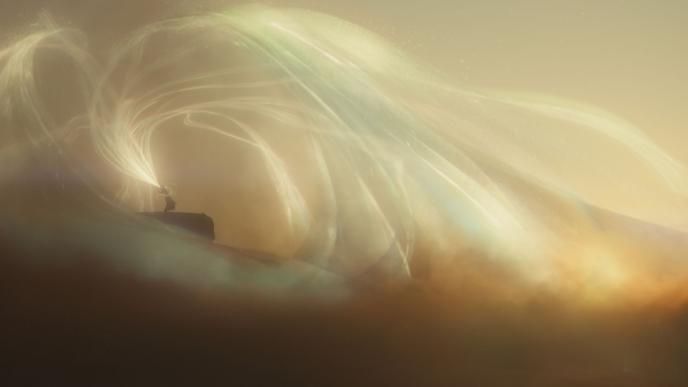
The Magic as a Character
The magic and channeling system in The Wheel of Time is more than just visual spectacle, it functions as a character in itself. For the third season, Andy Scrase and Amazon were keen to explore just how much visual storytelling and characterisation could be embedded into the effects. This meant introducing tailored variations for nearly every character’s magic.
The goal was to express each character’s alignment, skill level, power, and emotional state through the subtleties of their channeling. From the wild, corrupted chaos of Rand’s tainted saidin to the refined, elegant control of Lanfear’s Forsaken channeling, every thread and motion became a tool for storytelling.
To support this vision, the primary responsibility for channeling performance shifted from FX to animation. Framestore’s animators handled the blocking, flow, and emotion of each spell as a performance piece, defining its timing and structure early in the process. This approach allowed for faster iteration and helped lock in the storytelling beats before any simulation began.
The FX team headed up Framestore’s Nate Diehl focused on refining and enriching the detail. Building on the Season 2 foundation, the team developed a modular channeling toolbox, allowing for scalability and deep customisation. Artists could maintain consistency across sequences or characters while pushing nuance and variety to the forefront.
Compositing also played a key role, given an expanded toolkit and a high degree of control. This included the ability to add or subtract individual threads, relight effects for emotional tone, and fine-tune each shot for maximum narrative clarity and impact.
A Deep Dive into FX Innovation
For the FX team, Season 3 marked a turning point. While earlier seasons had laid the groundwork, this season demanded more variation, complexity, and personalisation than ever before.
One of the standout innovations was the introduction of Weaves not just as abstract visuals, but as carefully crafted magical structures that corresponded to different effects like fireballs, shields, and healing. These weaves featured distinctive shapes and flows, making them feel functional, lore-driven, and unique to the caster.
The process started with a ribbon rig in animation, which defined flow shape, direction, and speed. Once approved, this data was passed to FX, who fed it into a procedural system that could customize every parameter: number of threads, shape complexity, turbulence, and scale. This ensured that no two channellers looked the same.
Major characters such as Rand and Lanfear received particularly intensive development. Rand’s channeling, corrupted by the taint on saidin, had unpredictable and violent energy. Lanfear’s use of the True Power was smooth but menacing, featuring layered simulations that subtly distorted space around her.
Signature VFX Moments and Purpose-Driven Magic
All channeling sequences began with a hand-animated foundation, ensuring that the magic grew out of performance and narrative intent. FX added the procedural layers, while compositing brought the final polish including adjusting brightness, visibility, and interaction with the world shot by shot.
The season finale’s reveal of the True Power was a key moment. This corrupted, forbidden form of magic was visually designed to be distinct and was more alien, dangerous, and imposing. It underscored both the plot stakes and the emotional arc of the characters involved.
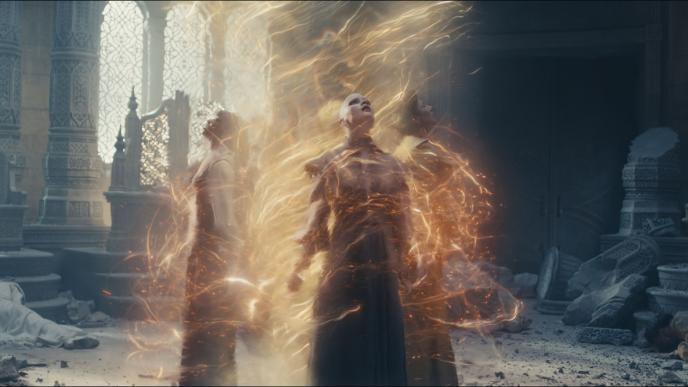
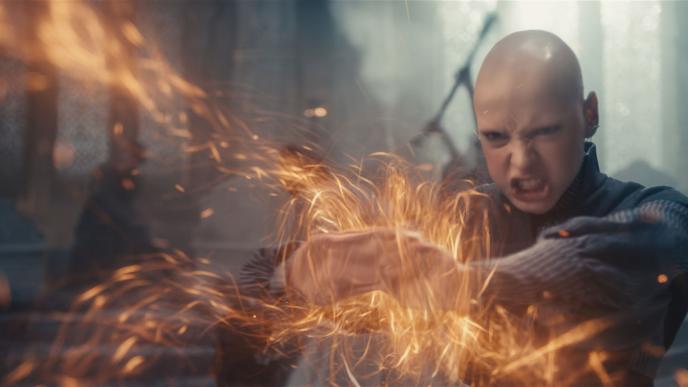
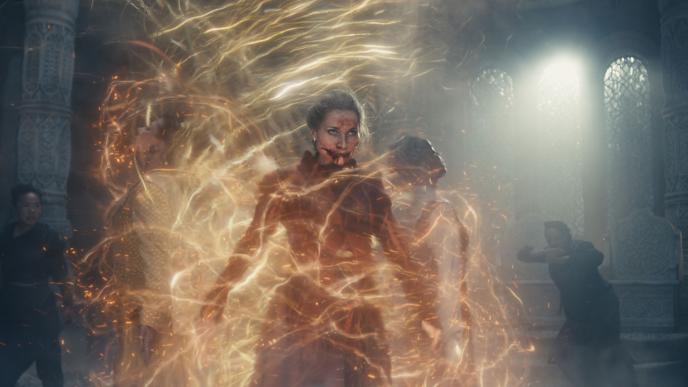
Tackling Repetition Through Innovation
Given the sheer number of channeling scenes, maintaining visual interest was a significant creative challenge. The team approached this by constantly reinventing core elements like thread types, dynamics, transitions, and color palettes, while remaining grounded in the internal logic of the magic system.
Sequences like the Windfinders in mid-season introduced brand-new elements, such as aurora-like ribbons and liquid-light structures. These moments helped refresh the visual language of magic while staying rooted in the source material’s metaphors.
Balancing Visibility and Believability
In-world rules presented a unique challenge: channeling isn’t always visible to those who can’t channel. The effects had to feel semi-transparent and ethereal, yet readable on screen. The team carefully tuned opacity, lighting, and screen interaction for each shot, ensuring clarity without breaking immersion.
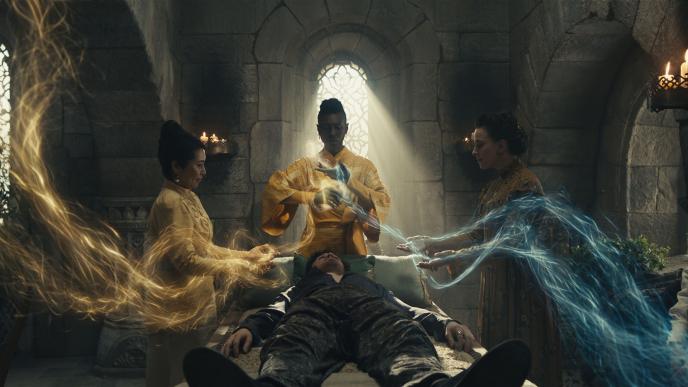
A VFX Playground
Working on The Wheel of Time Season 3 was a dream opportunity filled with fire, water, shadows, clouds, and all the layered beauty of magic. Thanks to the deep trust from Andy Scrase and the Amazon team, Framestore was able to push visual boundaries while honoring the source material.
As Nate Diehl put it, “It’s like summer camp for effects.”
And with that spirit of collaboration and innovation, the team redefined what magic looks and feels like in the world of The Wheel of Time.
“Thanks to a trusting and collaborative relationship with Andrew Scrase and the team, and a shared commitment to innovation, we created a suite of VFX that honored the source material while also breaking new ground”, said Owen Braekke-Carroll “We’re proud to have helped redefine what channeling means in the world of The Wheel of Time—and to have elevated the magic of the series to new heights.”

